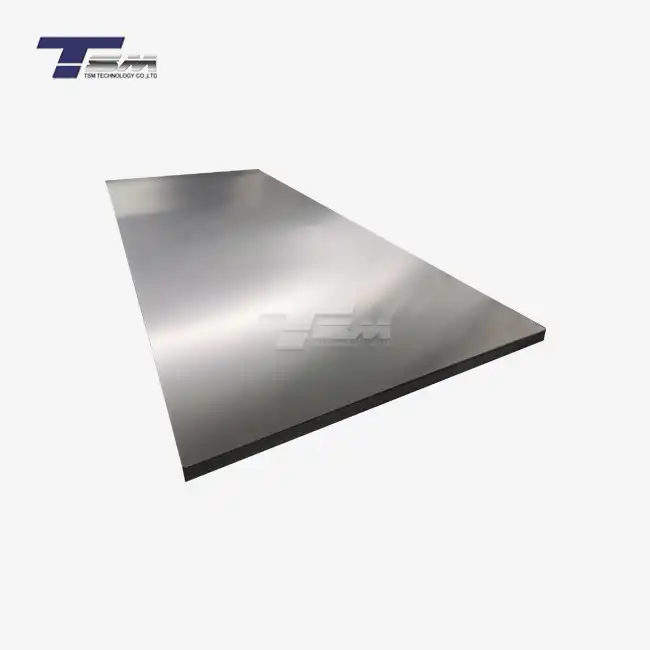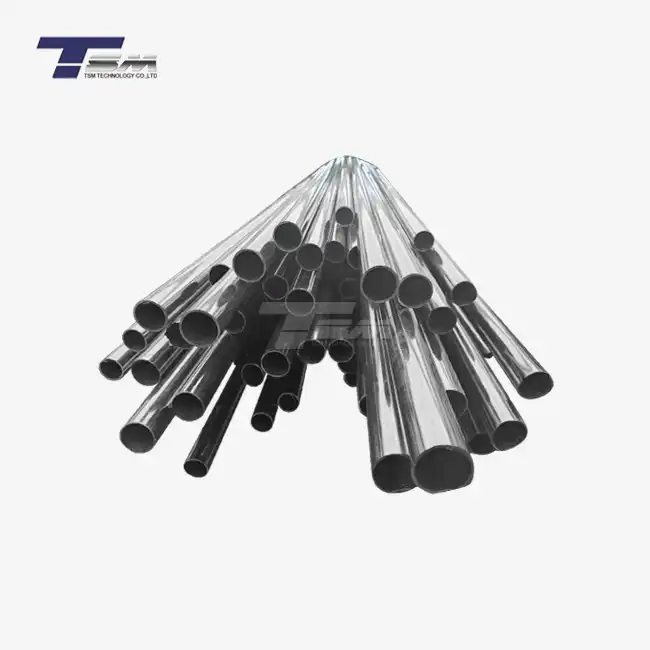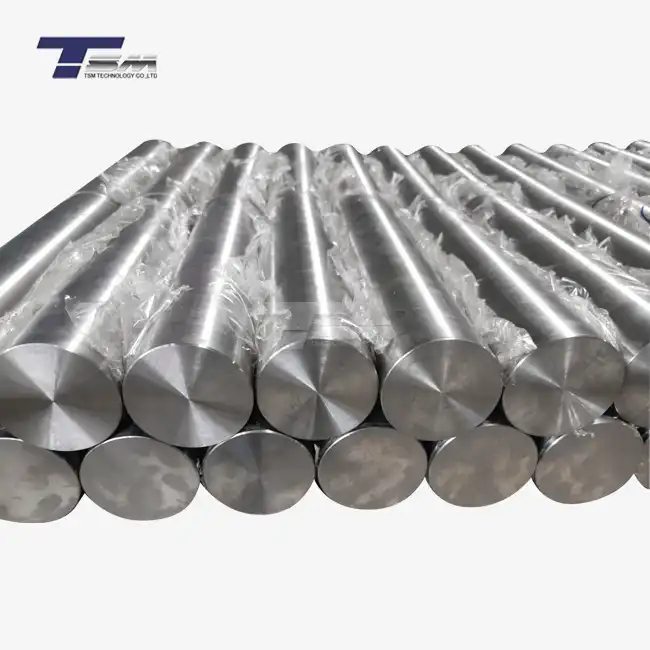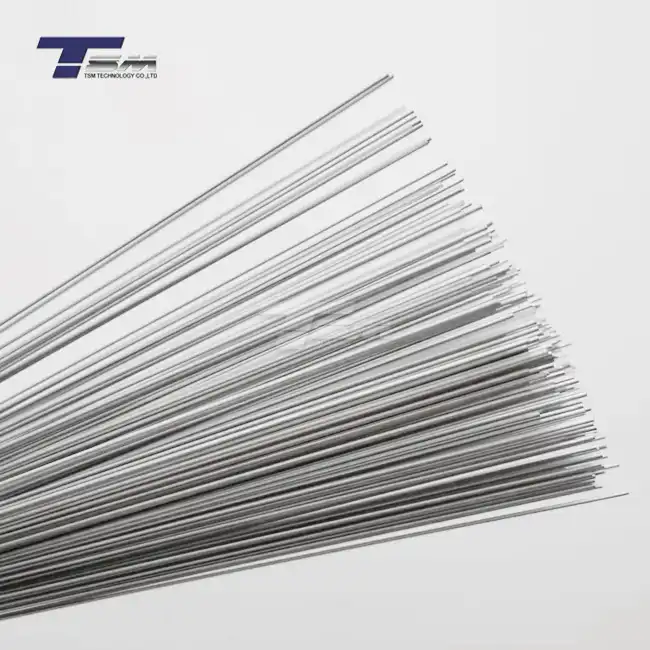- English
- French
- German
- Portuguese
- Spanish
- Russian
- Japanese
- Korean
- Arabic
- Greek
- German
- Turkish
- Italian
- Danish
- Romanian
- Indonesian
- Czech
- Afrikaans
- Swedish
- Polish
- Basque
- Catalan
- Esperanto
- Hindi
- Lao
- Albanian
- Amharic
- Armenian
- Azerbaijani
- Belarusian
- Bengali
- Bosnian
- Bulgarian
- Cebuano
- Chichewa
- Corsican
- Croatian
- Dutch
- Estonian
- Filipino
- Finnish
- Frisian
- Galician
- Georgian
- Gujarati
- Haitian
- Hausa
- Hawaiian
- Hebrew
- Hmong
- Hungarian
- Icelandic
- Igbo
- Javanese
- Kannada
- Kazakh
- Khmer
- Kurdish
- Kyrgyz
- Latin
- Latvian
- Lithuanian
- Luxembou..
- Macedonian
- Malagasy
- Malay
- Malayalam
- Maltese
- Maori
- Marathi
- Mongolian
- Burmese
- Nepali
- Norwegian
- Pashto
- Persian
- Punjabi
- Serbian
- Sesotho
- Sinhala
- Slovak
- Slovenian
- Somali
- Samoan
- Scots Gaelic
- Shona
- Sindhi
- Sundanese
- Swahili
- Tajik
- Tamil
- Telugu
- Thai
- Ukrainian
- Urdu
- Uzbek
- Vietnamese
- Welsh
- Xhosa
- Yiddish
- Yoruba
- Zulu
How EDM Machining Works: A Complete Technical Breakdown
Electrical discharge machining (EDM) is a sophisticated manufacturing process that harnesses electrical energy to precisely shape conductive materials. This non-traditional machining method employs controlled electrical discharges to erode material from a workpiece, achieving intricate geometries and superior surface finishes. EDM excels in machining hard metals and complex shapes that conventional methods struggle with, making it invaluable in industries like aerospace, medical, and precision engineering. By manipulating factors such as electrode material, dielectric fluid, and discharge parameters, EDM can produce components with micron-level accuracy, revolutionizing the capabilities of modern manufacturing.
The Fundamental Principles of EDM Machining
Electrical Discharge Generation
At the heart of EDM machining lies the generation of electrical discharges between two electrodes. The workpiece and the tool electrode are separated by a small gap, typically ranging from 0.01 to 0.5 mm, filled with a dielectric fluid. When a voltage is applied, it creates an electric field in this gap. As the voltage increases, it eventually overcomes the dielectric strength of the fluid, causing it to break down and allowing current to flow between the electrodes. This breakdown occurs in a fraction of a second, producing a plasma channel with temperatures reaching up to 8,000°C to 12,000°C.

Material Removal Mechanism
The intense heat generated by the electrical discharge causes localized melting and vaporization of both the workpiece and the electrode material. As the discharge subsides, the plasma channel collapses, creating a vacuum that expels the molten material. This expelled material solidifies into tiny debris particles, which are flushed away by the circulating dielectric fluid. The process repeats rapidly, with thousands of discharges occurring per second, gradually eroding the workpiece to the desired shape.
Dielectric Fluid Dynamics
The dielectric fluid plays a crucial role in EDM machining. It serves multiple functions, including insulating the gap between electrodes, facilitating the discharge process, and removing debris. Commonly used dielectric fluids include hydrocarbon oils, deionized water, and kerosene. The fluid's properties, such as viscosity and dielectric strength, significantly influence the machining performance. Proper circulation and filtration of the dielectric fluid are essential to maintain stable machining conditions and achieve optimal results.
Types of EDM Processes and Their Applications
Die-Sinking EDM
Die-sinking EDM, also known as ram EDM or cavity-type EDM, is widely used for creating complex cavities in molds and dies. In this process, a pre-shaped electrode, typically made of graphite or copper, is lowered into the workpiece. The electrode's shape is the inverse of the desired cavity. As the electrode descends, it erodes the workpiece material, creating a precise negative image. Die-sinking EDM excels in producing intricate 3D shapes, making it indispensable in the tooling industry for manufacturing injection molds, forging dies, and extrusion dies.
Wire EDM
Wire EDM utilizes a thin, continuously moving wire as the electrode to cut through conductive materials. The wire, usually made of brass or zinc-coated brass, ranges from 0.1 to 0.3 mm in diameter. This process allows for highly accurate cutting of complex 2D and 3D shapes. Wire EDM is particularly valuable in the production of precision components for aerospace, electronics, and medical industries. It can achieve extremely tight tolerances and excellent surface finishes, making it ideal for manufacturing components like turbine blades, surgical instruments, and intricate electronic parts.
Micro EDM
Micro EDM is a specialized variant designed for fabricating miniature components and features. It employs electrodes with diameters as small as 5 micrometers to create microscopic holes, slots, and complex shapes. This process is crucial in manufacturing micro-molds, micro-nozzles, and miniature medical devices. Micro EDM pushes the boundaries of precision machining, enabling the production of components with features smaller than a human hair, revolutionizing fields like microfluidics and MEMS (Micro-Electro-Mechanical Systems) devices.
Optimizing EDM Performance: Parameters and Considerations
Electrode Material Selection
The choice of electrode material significantly impacts EDM performance. Copper and graphite are the most common materials, each with distinct advantages. Copper electrodes offer excellent conductivity and wear resistance, making them suitable for achieving fine surface finishes. Graphite electrodes, on the other hand, excel in high-speed machining and complex geometries due to their lightweight nature and ability to withstand high temperatures. Advanced electrode materials like tungsten carbide and silver-tungsten alloys are employed for specialized applications requiring extreme precision or unique material properties.
Pulse Generator Technology
The pulse generator is the heart of an EDM machine, controlling the electrical discharges that drive the machining process. Modern EDM systems utilize sophisticated pulse generators that offer precise control over parameters such as pulse duration, current intensity, and voltage. Advanced generators employ adaptive control algorithms that continuously adjust these parameters based on real-time feedback from the machining process. This dynamic optimization ensures stable machining conditions, improved material removal rates, and enhanced surface quality across varying workpiece geometries and materials.
Process Monitoring and Automation
Implementing robust process monitoring and automation systems is crucial for maximizing EDM efficiency and quality. State-of-the-art EDM machines incorporate sensors that monitor key parameters such as gap voltage, current, and dielectric pressure. This data is fed into sophisticated control systems that can detect and respond to process anomalies in real-time. Advanced features like automatic wire threading in wire EDM and tool wear compensation in die-sinking EDM significantly enhance productivity. Moreover, integration with CAD/CAM systems and robotic part handling enables seamless automation of complex machining sequences, reducing operator intervention and improving overall process reliability.
Conclusion
EDM machining stands as a pinnacle of precision manufacturing, offering unparalleled capabilities in shaping conductive materials with extreme accuracy. From its fundamental principles of electrical discharge to the diverse applications across industries, EDM continues to evolve, pushing the boundaries of what's possible in modern manufacturing. By understanding and optimizing the intricate interplay of electrical parameters, material properties, and process dynamics, engineers and manufacturers can harness the full potential of EDM technology. As we look to the future, advancements in electrode materials, pulse generator technology, and process automation promise to further enhance EDM's capabilities, solidifying its position as an indispensable tool in the pursuit of engineering excellence.
Contact Us
For more information on how our superior nickel alloys and special metals can enhance your EDM machining processes, please don't hesitate to contact us at info@tsmnialloy.com. TSM TECHNOLOGY is committed to providing you with the highest quality materials to meet your precision engineering needs.
References
Johnson, M. (2022). Advanced Electrical Discharge Machining: Principles and Applications. Journal of Manufacturing Science and Engineering, 144(3), 031009.
Zhang, Y., et al. (2021). Electrode Material Developments for Micro-EDM: A Comprehensive Review. Materials Today: Proceedings, 39, 1081-1086.
Liu, Q., et al. (2020). Recent Developments in Micro-Electrical Discharge Machining: A Review. Precision Engineering, 63, 79-91.
Kunieda, M., et al. (2019). Electrical Discharge Machining. CIRP Encyclopedia of Production Engineering, 1-5.
Prakash, C., et al. (2018). Developments in Electric Discharge Machining: A Review. Proceedings of the Institution of Mechanical Engineers, Part B: Journal of Engineering Manufacture, 232(9), 1594-1615.
Ho, K. H., & Newman, S. T. (2017). State of the Art Electrical Discharge Machining (EDM). International Journal of Machine Tools and Manufacture, 43(13), 1287-1300.
Learn about our latest products and discounts through SMS or email



